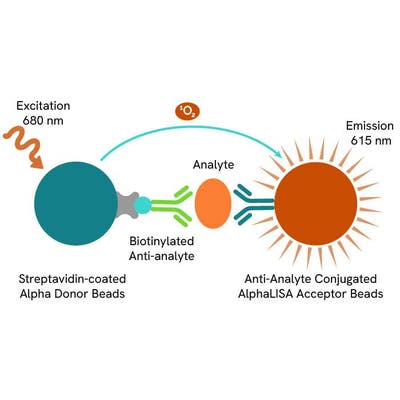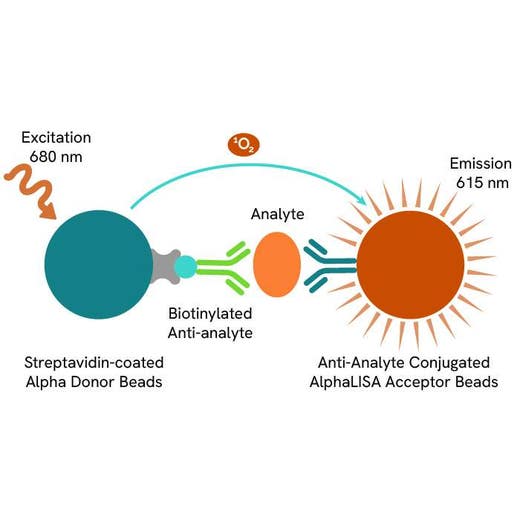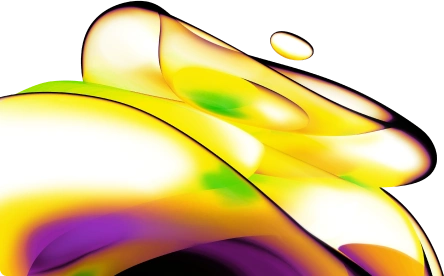
AlphaLISA KRAS WT / SOS1 Binding Kit, 500 Assay Points








| Feature | Specification |
|---|---|
| Application | Protein-Protein Interaction |
| Sample Volume | 5 µL |









Product information
Overview
KRAS, a member of the Rat sarcoma (RAS) oncogene family, is implicated in various biological processes, such as cell proliferation, cell survival, and cell metabolism. This gene is well known to be mutated in many cancer subtypes, inducing uncontrolled proliferation and cell metabolism modifications, and thereby contributes to the Warburg effect in cancer cells. SOS1 (Son of sevenless homolog1) is a guanine nucleotide exchange factor (GEF) which interacts with KRAS to turn GDP into GTP and activates KRAS. There is a positive feedback loop between SOS1 and RAS that increases RAS signaling. The upregulation of the KRAS/SOS1 interaction leads to cancer phenotypes. WT/SOS1 identification of inhibitors or identification of GTP competitors are the two major strategies to control biological processes involved in cancer growth, by reducing the KRAS activity as well as the associated pathways. Utilize the KRAS WT/SOS1 binding assay kit to further your KRAS drug discovery strategy.
Formats
- Our 500 assay point kit allows you to run 500 wells in 96-well or 384-well format, using a 20 µL reaction volume (5 µL of sample).
- Our 5,000 assay point kit allows you to run 5,000 wells in 96-well or 384-well format, using a 20 µL reaction volume (5 µL of sample).
Feature:
- No-wash steps, no separation steps
- ELISA alternative technology
- Sensitive detection
- Small sample volume
AlphaLISA technology allows the detection of molecules of interest in a no-wash, highly sensitive, quantitative assay. In an AlphaLISA assay, a biotinylated anti-analyte antibody binds to the Streptavidin-coated Donor beads while another anti-analyte antibody is conjugated to AlphaLISA Acceptor beads. In the presence of the analyte, the beads come into close proximity. The excitation of the Donor beads causes the release of singlet oxygen molecules that triggers a cascade of energy transfer in the Acceptor beads, resulting in a sharp peak of light emission at 615 nm.
Specifications
| Application |
Protein-Protein Interaction
|
|---|---|
| Automation Compatible |
Yes
|
| Brand |
AlphaLISA
|
| Detection Modality |
Alpha
|
| Product Group |
Kit
|
| Sample Volume |
5 µL
|
| Shipping Conditions |
Shipped in Blue Ice
|
| Target |
KRAS
|
| Target Class |
Binding Assay
|
| Technology |
Alpha
|
| Therapeutic Area |
Oncology
|
| Unit Size |
500 assay points
|
Video gallery
Resources
Are you looking for resources, click on the resource type to explore further.
Get the latest insights on KRAS and see how it has switched from being an undruggable to a druggable cancer target.
In this white...


Loading...
How can we help you?
We are here to answer your questions.






























